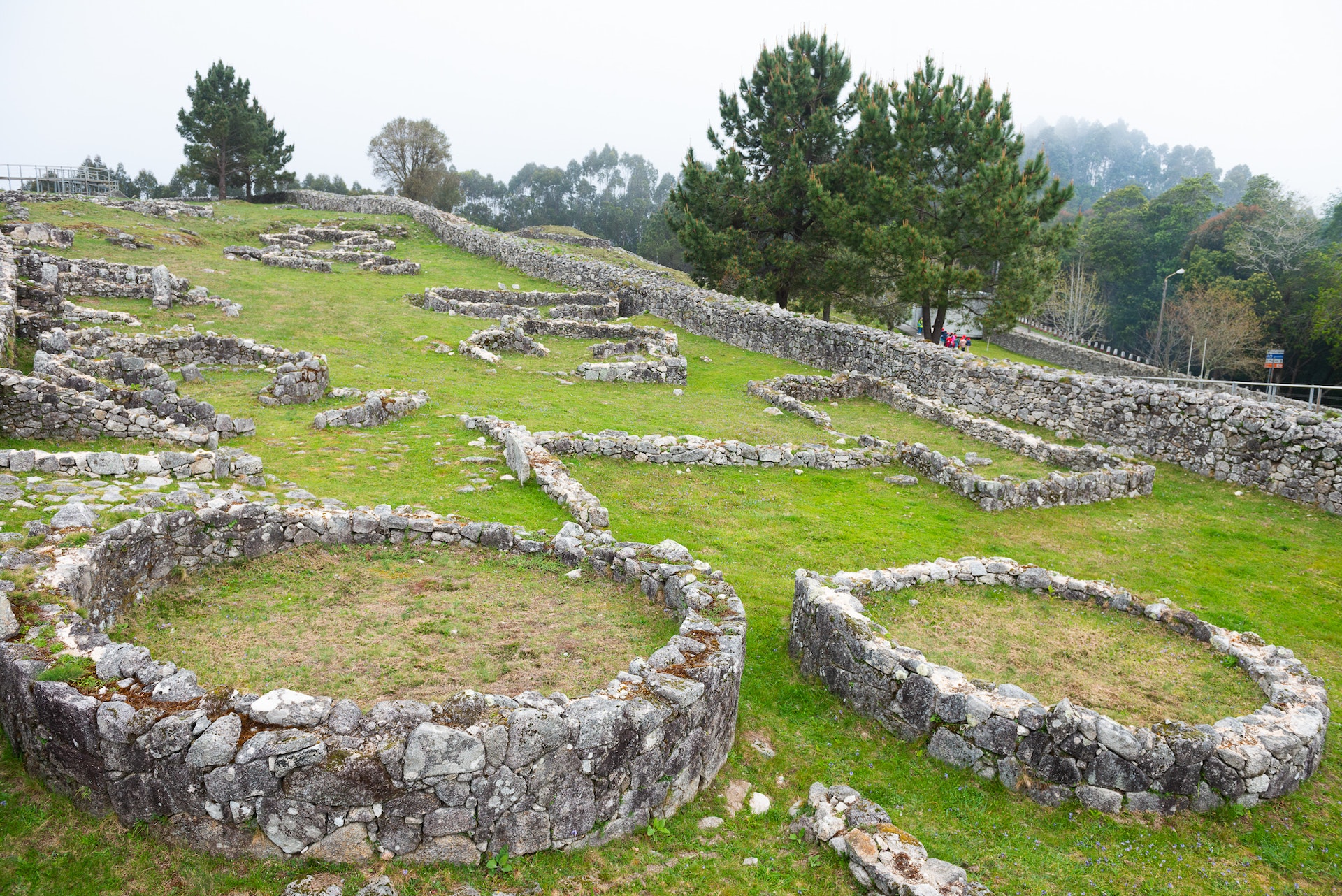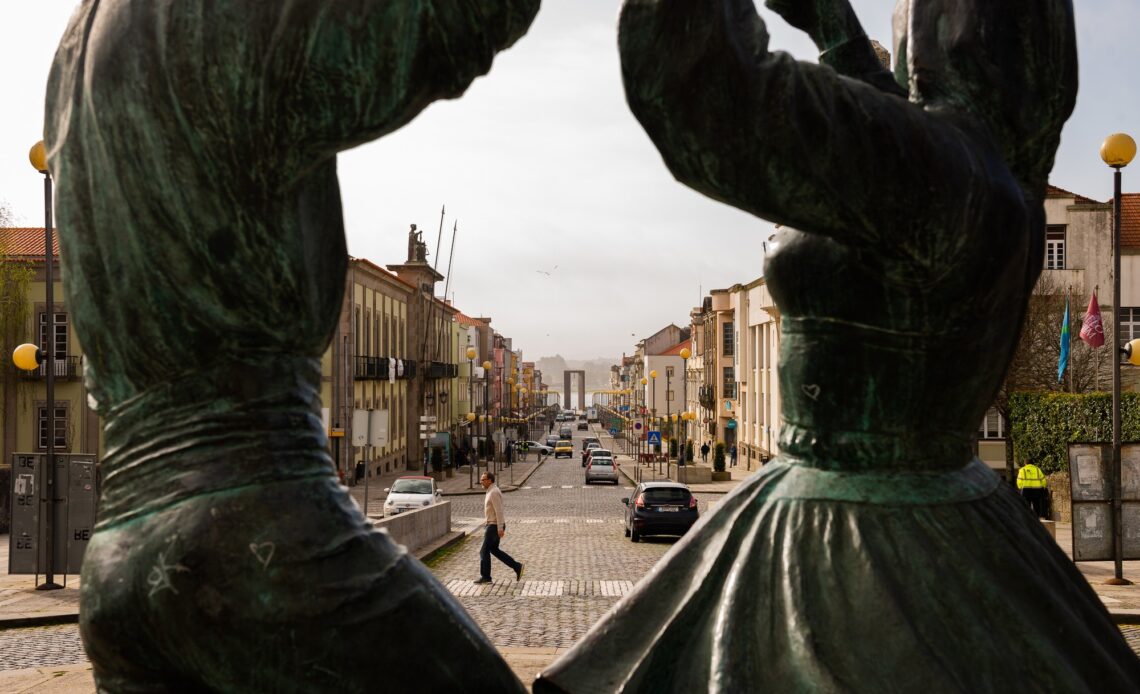Think of the Iberian peninsula, and you’ll have quick visions of Portugal’s fado and tile-fronted buildings, and Spain’s bulls and matadors.
Yet there’s a corner of the peninsula that’s more James Joyce than Miguel de Cervantes. Portugal’s northernmost region and Spain’s northwestern corner are lands united by a landscape that’s perpetually green, and a common culture that can be traced back to Celtic tribes who inhabited the area until the beginning of the Christian era.
To celebrate this shared heritage, Comboios de Portugal (Portugal’s national train service, known as CP) and Renfe (Spain’s equivalent) have joined forces on the Linha Celta/Tren Celta, a train line that links Porto, in Portugal, and Vigo, in Spain. Allured, I hopped on board, extending my itinerary all the way to A Coruña, close to Iberia’s northernmost point. Along the way, I stopped in at places that express this region’s fascinating shared Celtic heritage.
Porto–Viana do Castelo
My journey starts at 8:13am at Porto’s Campanhã Station on a three-carriage CP commuter train. It’s bound for Vigo, just across the border in Spain – but I’m hopping off at Viana do Castelo, a provincial Portuguese city with outsized charm and some intriguing traces of Celtic culture.
An hour north of Porto, the landscape fools me into thinking I’m in Ireland: it’s emerald green and misty, with granite villas more common than tile-fronted houses. At certain points I see people walking along the train tracks: pilgrims en route to Santiago de Compostela.
The city’s historical center takes the form of long streets lined with stately tile-fronted buildings that end in seemingly hidden churches and squares. It’s possible to approach Viana as a day trip, leaving your bags at the local tourism office and exploring and eating before catching the late train to Vigo at 8:14pm. Yet it’s such a charming city that I opted to stay overnight.

It’s in Viana that I began to see a shift in people’s appearance, with blue eyes and red hair increasingly common. Yet the most palpable link with Celtic culture is the Citânia de Santa Luzia, the misty, mysterious ruins of a hill fort that date back to the 4th century BCE. The Citânia is perched at…
Click Here to Read the Full Original Article at Stories – Lonely Planet…
